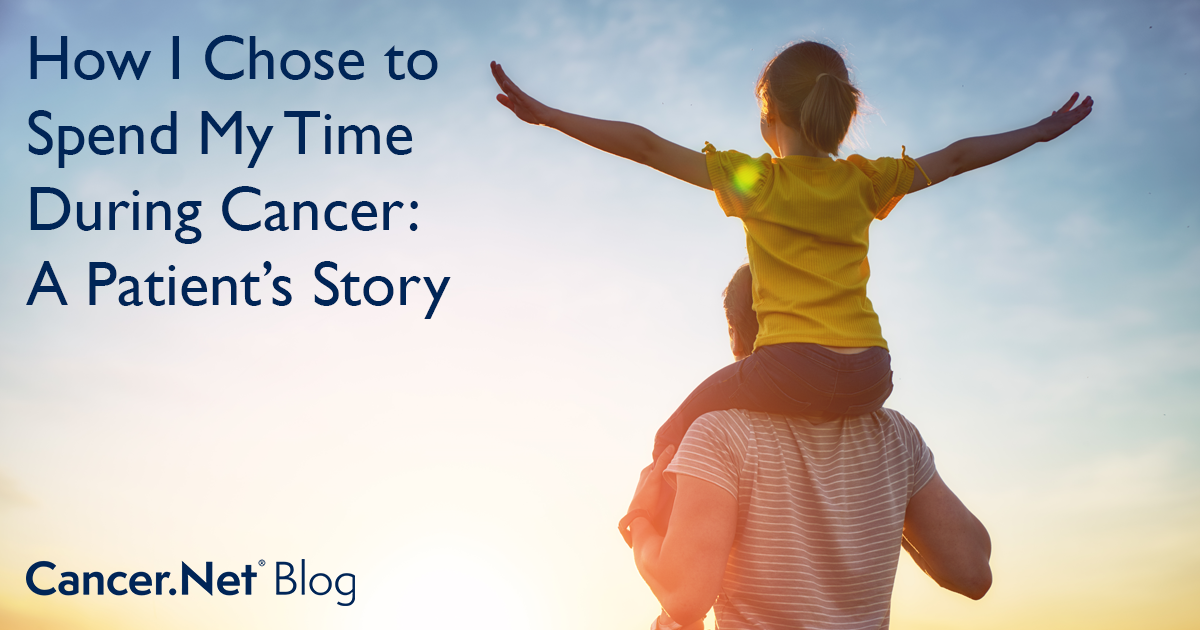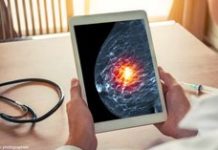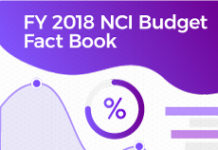
Jeff Stewart is a cancer survivor and the managing director at Syneos Health. He is also the author of Living: Inspiration from a Father with Cancer. You can follow Jeff on X, formerly known as Twitter. View Jeff’s disclosures.
I got my surprise cancer diagnosis—though, aren’t they all surprises?—when I tried to donate my kidney. I got incredibly lucky that they found the cancer. I had no symptoms. My diffuse-type gastric cancer had developed a tumor that could be spotted on a computed tomography (CT) scan but hadn’t yet spread. Again, I was lucky. That pre-transplant CT scan gave me 2 things I wouldn’t have had otherwise: time and a chance.
That’s what I felt I had as a cancer patient: I had time. I had a chance. When I was diagnosed with cancer, I chose to view the time I had as a sort of currency. How would I spend it? I could choose treatments that evidence shows may work. I could spend my time improving my odds. Or, I could waste my time chasing false hope and odd theories. But whatever time I chose to spend trying to improve my odds, there will be less time to live life while I am able. That’s the terrible tradeoff many of us with cancer face. It’s the world’s worst math word problem.
Choosing how to spend my time
I have 7 kids. My time is dear. If I spend my time poorly, my kids will be shortchanged. I don’t want that. Who would? But I’m also trained in molecular biology. I advise pharmaceutical companies on new drugs for my career. On paper, I should be well equipped to find that better chance if I choose to spend my time on that.
So, what did I do after receiving my cancer diagnosis?
I chose to live life.
I used my training to scour the research for promising treatments and to rule out treatments that have poor evidence. But, in truth, if I had just listened to my oncologist without checking, I would have ended up in the same place. Treatments supported by scientific evidence give me my best chance. I can say with some authority—having interviewed hundreds of oncologists—that they are often on the leading edge of science. That’s what they went to medical school and another 4 years of residency to learn. Oncologists do the hard work of slogging through the latest research, and they are trained to separate fact from fraud.
During my cancer experience, I also learned this: friends, family, and even strangers may want to help, but they often don’t know what they don’t know. Most of the advice I got during cancer was useless. Some of the advice I got was dangerous. Often, much of the advice friends and family helpfully offer during cancer may waste the time we have without giving us a better chance of making the most of the life we have. They mean well. But confidence in so-called “cures” that aren’t supported by science mean nothing; expertise and evidence are everything.
Furthermore, the most interesting treatments in development sent to me by friends and family held no hope for me. It didn’t matter how hopeful an anti-cancer drug was in a mouse; I am not a mouse. Drug development can take a decade or more, so I will likely never get that drug that’s being developed. Even those treatments that do get tested in people have a low chance of being effective enough to become a part of standard care. So, while I may enjoy learning about the science, should I be spending my time following the development of a promising treatment that has little chance of ever being available to me now? I had to answer that for myself.
Facing the reality of cancer treatment fraud
People who choose to follow alternative cancer treatments are more likely to die than those of us who receive conventional cancer treatment, according to an article published in the Journal of the National Cancer Institute. That’s sobering news. The worst false hope I faced during cancer came from fraudsters. I was offered not 1, but 3 supposed “100% cure rates.” I was able to research these—this is my job, after all—only to find out that they had no solid data or had been thoroughly disproven.
If you have cancer, you will likely get these offers, too. These offers will sound like hope for the hopeless. Some will come from people you trust. Yet none of these treatments have enough scientific evidence to convince the oncologists who review the data and make treatment recommendations in guidelines. That’s also the hard truth: when treatments aren’t included in clinical practice guidelines, that means that the evidence isn’t there to convince the experts. Fraudsters will take our money and fill us with false hope if they can. But worse than that, they may drain us of the time we have left.
I learned during cancer that to improve your chance at life, it’s best to follow the evidence-based medicine recommended by your oncologist and follow the directions for your treatments. This may seem easy, but often it’s not. Putting 6 chemotherapy pills in my mouth every day—pills I knew would make me feel terrible—took some doing. Going to radiation therapy every day knowing I’d feel as if I had been punched in my stomach when I next tried to eat took doing. Getting chemotherapy infusions that I knew would leave my hands and feet burning all week and beyond took doing. Following directions can be plenty hard, but during cancer, I made the choice that it was worth it.
Some of us with cancer have more time or a greater chance than others. My chance of survival is 50%. If my cancer spreads, my time left is 5 months on average. I have decided to spend my time with my family and write down for my kids what advice I wanted them to know if my chances turn against me. I made that choice knowing what I know and having the training I have. You will have to make the choice for yourself, too. It’s your time. It’s your chance.








